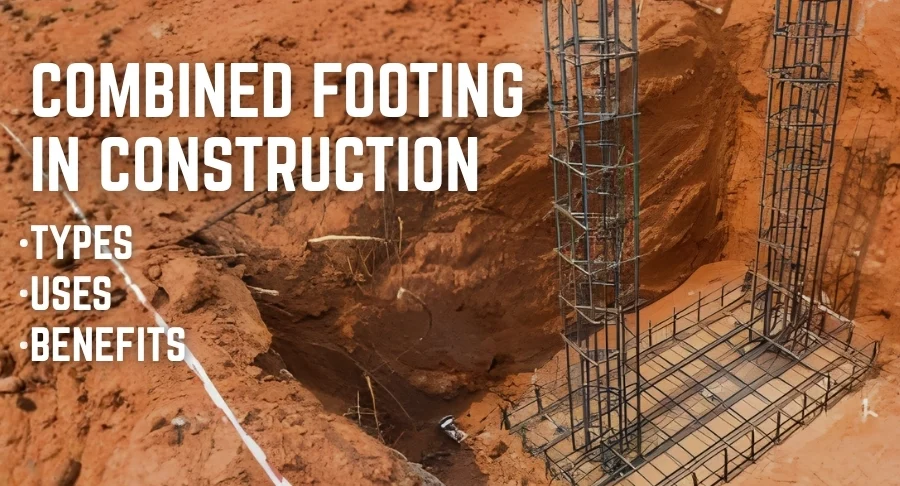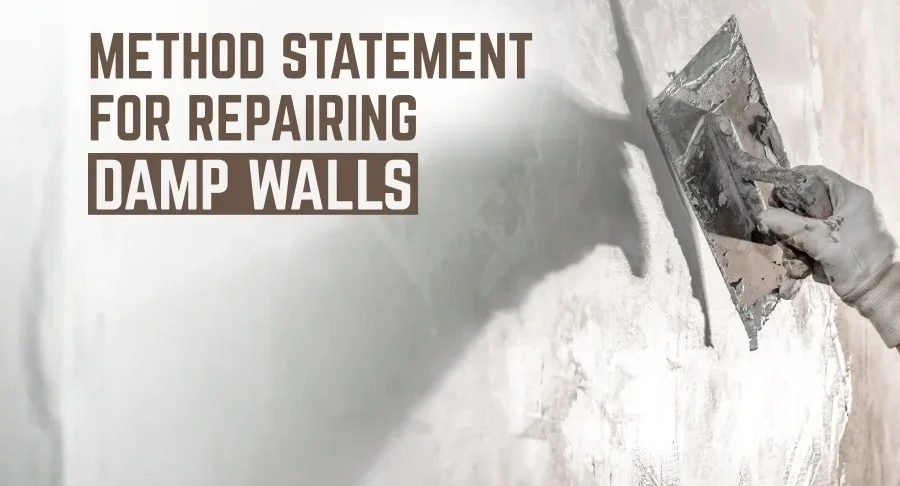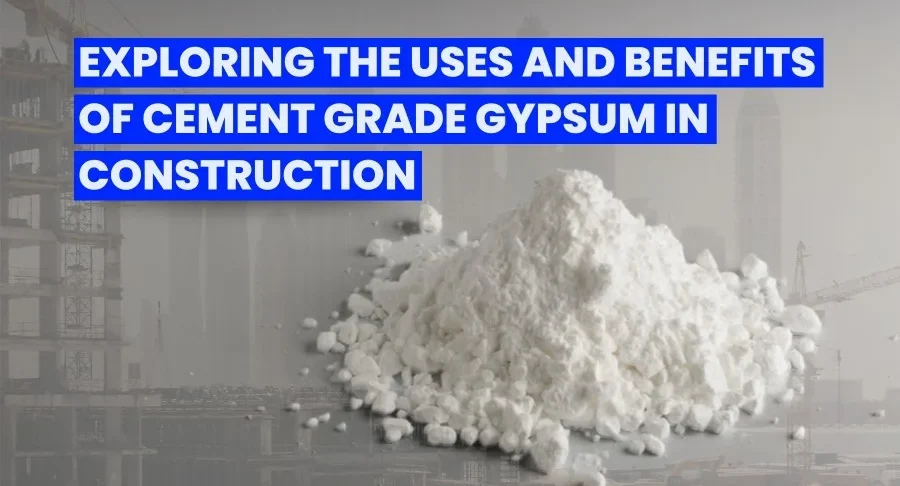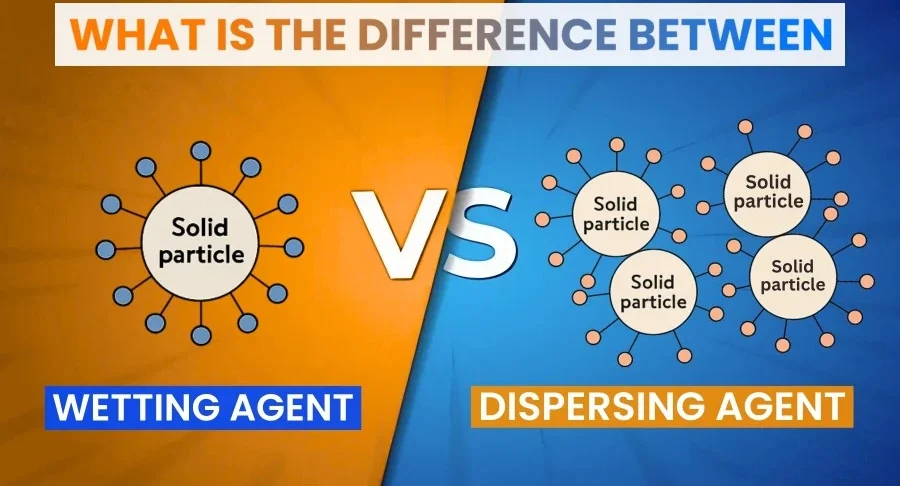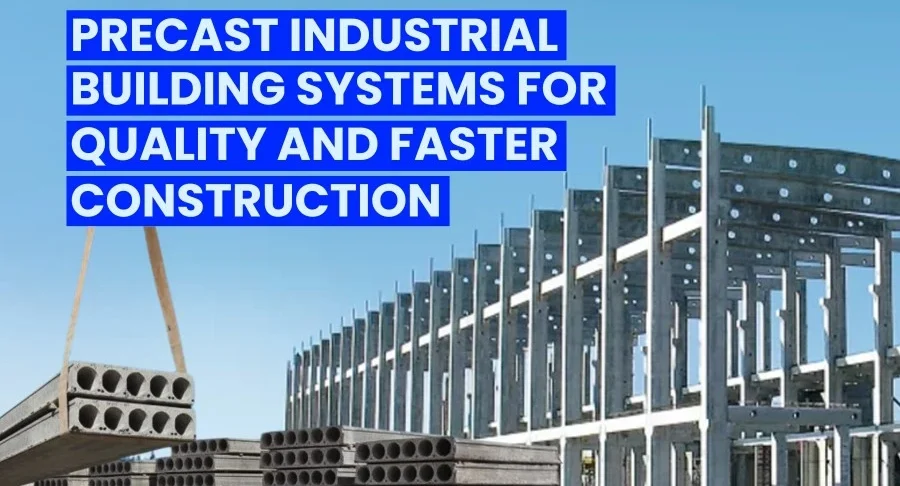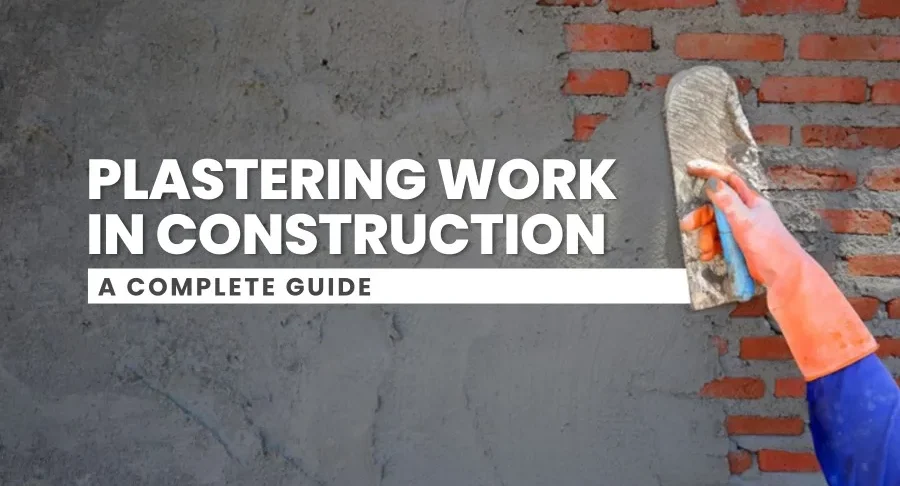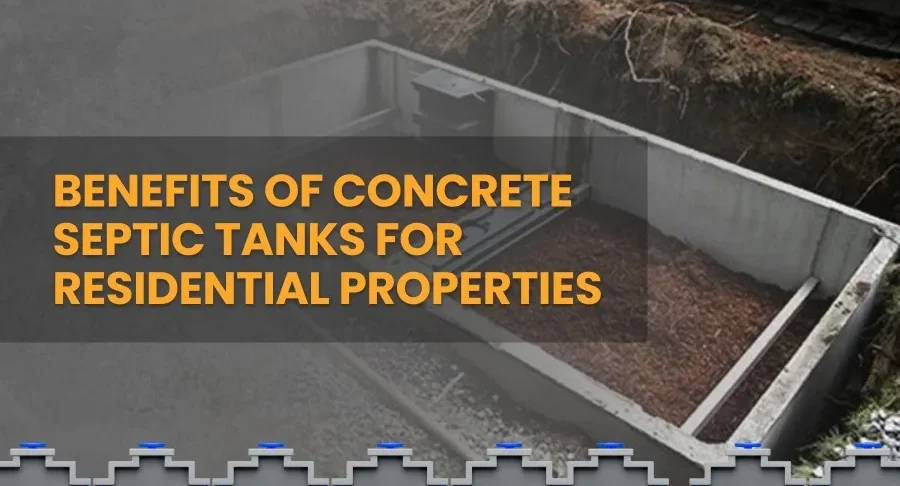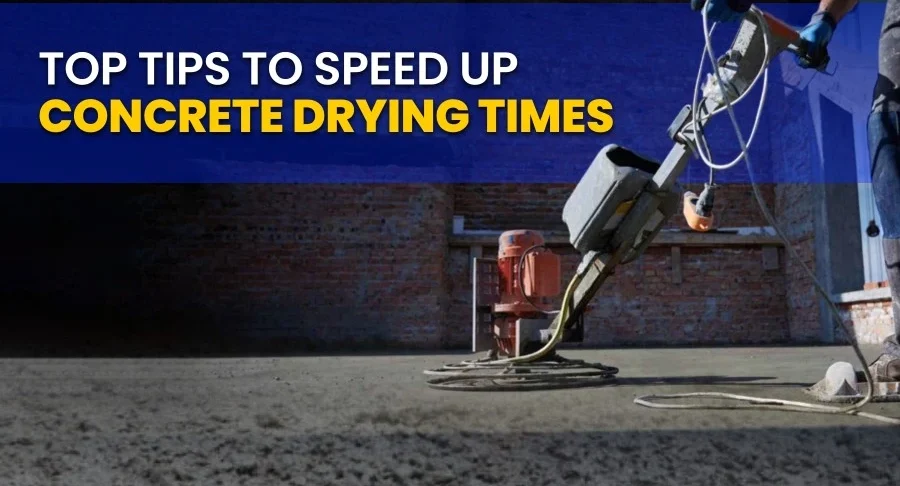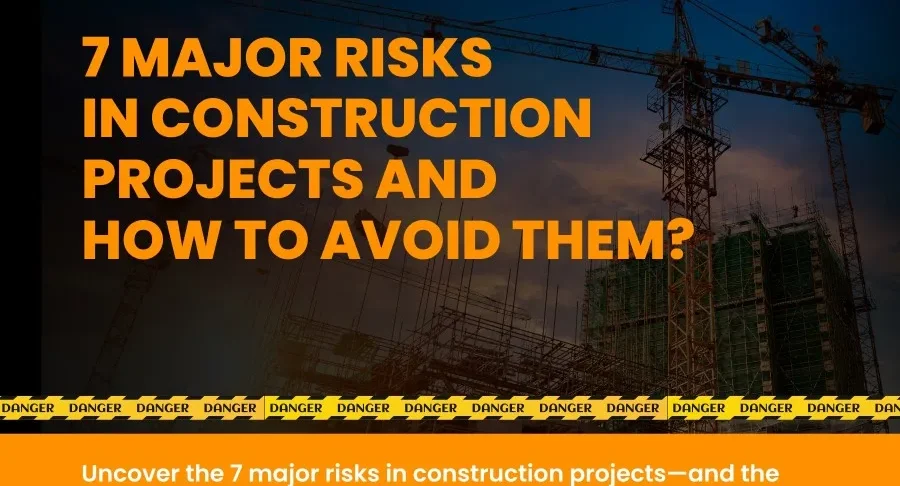Introduction The global community of coatings recognises CHINACOAT as one of the most awaited and important events on the calendar each year. For 20+ years, it has been and will be t...
Combined Footing in Construction: Types, Uses & Benefits
There are a few key challenges when building structures, particularly where columns are spaced irregularly or are somewhat close to property boundaries, ensuring the load is evenly distributed. In the...
Method Statement for Repairing Damp Walls
Damp walls can create a number of problems in residential and commercial properties. Not only can it create ugly stains and smelly odors, damp it can also damage the structure of the building over tim...
Exploring the Uses and Benefits of Cement Grade Gypsum in Construction
Construction has changed a lot in recent years - from mud walls to concrete skyscrapers, there's been progress. At the center of this evolution is the ability to use materials intelligently that provi...
What is the Difference Between Wetting Agent & Dispersing Agent?
In industries such as paints, coatings, textiles, and pharmaceuticals, getting the interaction between liquid and solids precisely right can make a significant impact on product performance and qualit...
Precast Industrial Building Systems for Quality and Faster Construction
Introduction In today's industrial world of "speed" and "quality", construction projects on a major scale require speed and quality; as we all know, delay can be costly, and inconsistencies in the...
Plastering Work in Construction: A Complete Guide
Introduction In the construction industry, plastering is not simply aesthetic, but an integral part of strengthening and protecting the build, plastering is encasing a wall or ceiling with a clean,...
Benefits of Concrete Septic Tanks for Residential Properties
Introduction If you live a rural lifestyle, or in an off grid property, you’re probably aware of some kind of septic system, especially if you don’t have a direct link to a city sewer line....
Top Tips to Speed Up Concrete Drying Times
The time it takes for concrete to dry is critical to the success of a construction project and for maintaining proper flow. Drying delays can stretch schedules, increase costs, and interrupt workflow,...
Why Concrete Vibrating is Critical for Structural Quality?
Often, when we think of concrete, we think of mix ratios, strength, and durability. However, one step that is often overlooked is concrete vibrating. Concrete vibrating can mean the difference bet...
Types of Bricks Used in the Construction Industry
Bricks have been vital for decades of construction projects. Bricks have provided shape to spaces, walls, and towns since before ancient Greeks and Romans, to our newest concerns in architecture....
Complete Guide to Water Leakage Solutions for Roofs, Walls, and Floors
Water leaks are more than just an inconvenience; they can cause serious damage to your house and expose you to health risks like mould, rot, and costly repairs. If you've ever noticed stained wall...
What is Air Content in Concrete and How is it Measured?
Concrete is one of the most useful and trusted materials for construction today. Whether it’s a mega bridge or a simple sidewalk, it provides strength, durability, and longevity. Concrete can ap...
How to Prevent Accidents on Construction Sites: A Practical Guide
Construction sites are always known for their rapid pace, heavy equipment, and constant movement. They’re also, unfortunately, some of the most dangerous workplaces. Blunt force trauma from fall...
7 Major Risks in Construction Projects and How to Avoid Them?
Construction is one of the most risky industries in the world. A "risk" is anything that could derail your project and in construction there are many things that can go wrong. The 7 Main Risk Areas...
Guide to Improve Time Management in Construction Projects
Understanding time management in construction projects is not just a checklist of activities because it requires an understanding of the interdependencies of many moving parts, understanding fluctuati...
Anti-Gravity Construction: Building Upside Down to Save Space
Picture this: you're walking into a building, but instead of the floor above you and the ceiling beneath you, as they should logically be, you have the floor above you and the ceiling below you. Wh...
How to Design an Ideal Floor for Warehouse and Logistics Facilities?
The first step to ensuring your warehouse and logistics establishment is operating as optimally as possible is to create an ideal floor plan for your usage. The floor acts as an important organizi...
PCC in Construction: Importance, Applications, and Mixing Ratios
Plain Cement Concrete (PCC) is a basic construction material in the building industry. It is usually used as a solid base for structural elements, such as foundations, slabs, and pavements, and provid...
Comparing Mivan Construction, Brick, and RCC Construction Methods
Introduction If you have ever been involved in building a house, a commercial or a project, or even thought about building your own place, you know it can be daunting choosing the correct method of...
What is Shoring in Construction? Types of Shoring and When It’s Used
When you think of construction, you likely think of workers, machines, and the building process - but one aspect that is critical to the safe and effective management of a construction project is shor...
How to Select the Right Steel Bars for Your Construction Project?
Steel bars are vital in any construction project, giving strength and durability to keep the structure stable over time. The right selection of steel bars will depend on the grade, type, and applicati...
Grillage Foundation – Types and Process
What is Grillage Foundation? A Grillage foundation is a shallow kind of foundation, used for supporting heavy structures like columns, bridges, and industrial buildings. It is composed of several l...
Pumping Concrete: 5 Key Factors You Need to Know
Concrete has a rightful place as the backbone of modern construction, and the movement of concrete from the mixer to the desired location is critical at any project. Pumping of concrete redefined...
What is a Concrete Pump? Types, Uses, Advantages, and Disadvantages
Within this world, efficiency, accuracy, and time management are critical success factors for any construction project. One bit of equipment that plays an important role in the achievement of these ob...
What Is The Difference Between Line Pump and Boom Pump?
When it comes to concrete pumping for small residential projects or large commercial construction, the difference between one pump and another could only make or mar the efficiency and effectiveness o...
7 Tips to Prevent Air Bubbles in Skim Coat
Skim coating promises to deliver smooth, flawless walls; nothing is more disconcerting than to find air bubbles after you have labored hard. These minute imperfections genuinely spoil the finish becau...
Step-by-Step Guide to Using Self Levelling Compound
Introduction Any inconsistencies in levels and heights shall prove to be problematic when you are undertaking the tiling, weeding out vinyl, lamination, or carpeting. In such cases, the facility to...
Compressive Strength Testing of Concrete: Cylinder vs. Cube Test
Concrete is renowned for its excellent versatility, excellent durability and impressive strength. It is one of the most widely used building materials worldwide. Compressive strength of concrete is on...
The Importance of Sealants in Construction
Sealants in construction are an imperative component. They are versatile materials for gap-filling, joint-sealing, and durable barriers against environmental elements waterproofing to the preservation...


